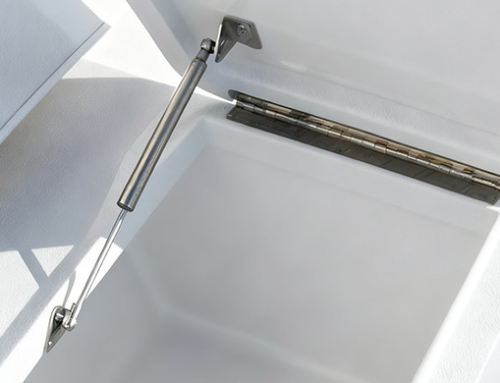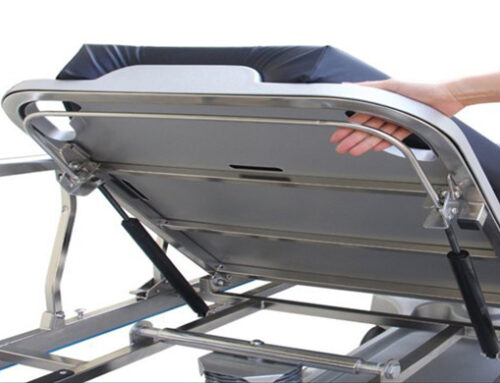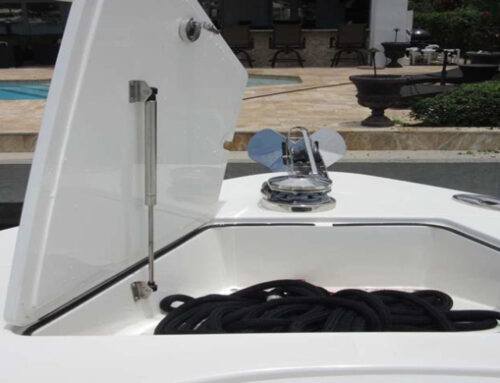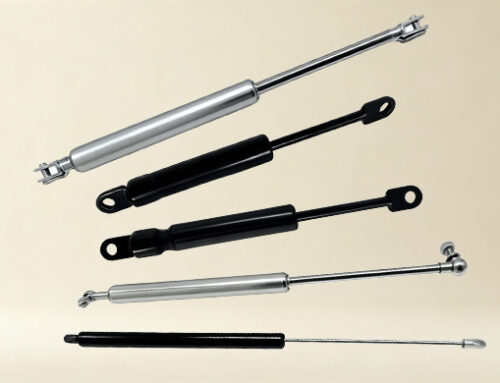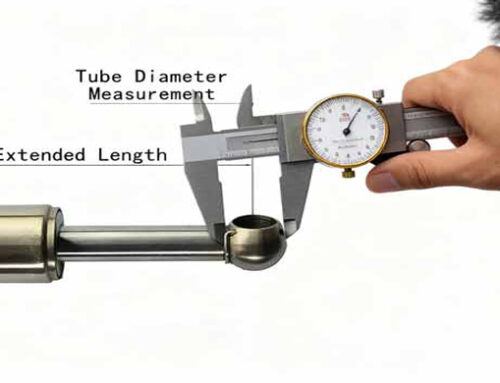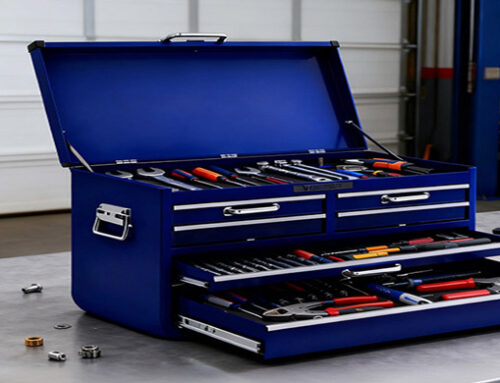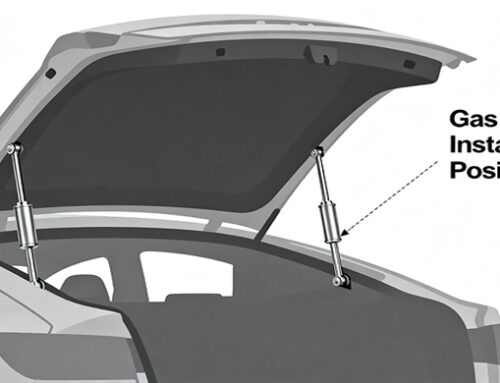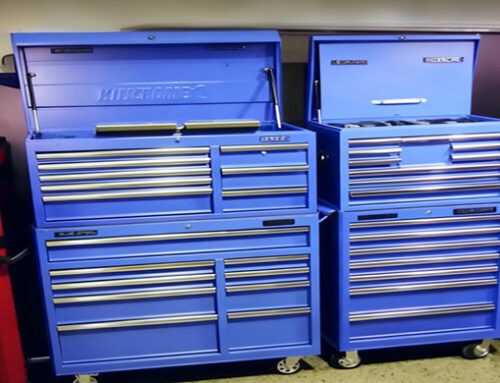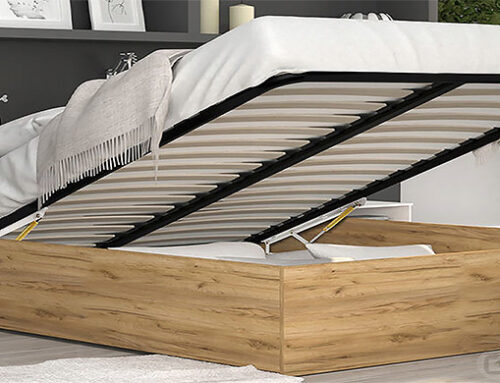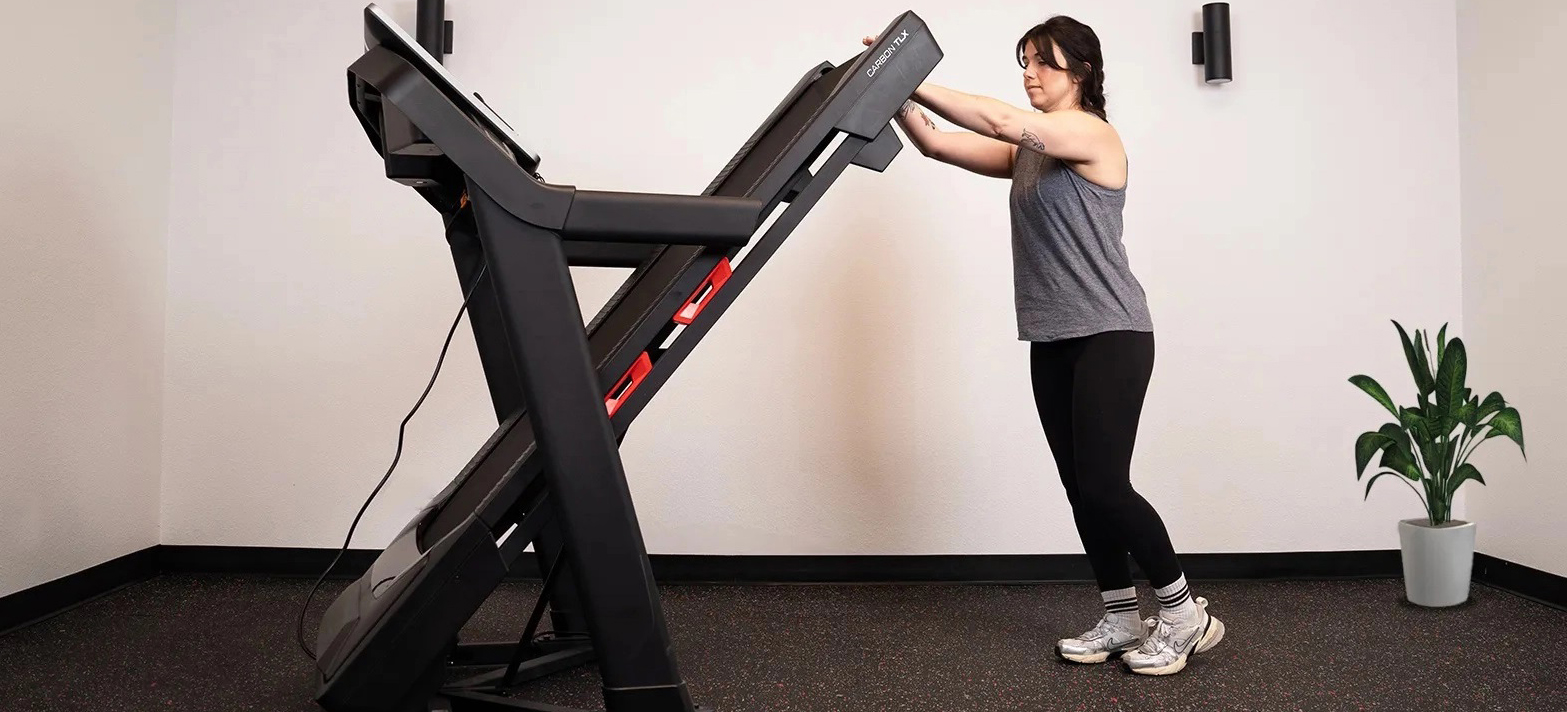
Tension Gas Springs 1
Tension Gas Springs: In a fitness center, you approach an adjustable weight bench. As you adjust it to your preferred incline, the tension gas springs inside the mechanism help you smoothly adjust the seat and backrest. As you press a lever, the springs provide just the right amount of tension to ensure the backrest moves into place easily, allowing you to focus on your workout instead of struggling with a stiff, uncooperative bench. No matter the weight of the frame or your body weight pressing down, the gas springs ensure smooth, controlled adjustments.
Tension Gas Springs Solution
When using gas springs, common problems can arise, such as improper tension adjustments, wear and tear over time, and inconsistent performance due to poor quality or incorrect installation. These issues can lead to malfunctioning components, safety concerns, and reduced longevity of the product.
GASTAC, however, provides safe and reliable solutions to these problems. With their high-quality gas springs, they offer precise tension control, durability, and consistent performance. GASTAC’s products are designed to handle the rigors of daily use while ensuring smooth operation, minimizing wear, and preventing safety hazards. Their solutions are engineered to be simple, effective, and long-lasting, providing peace of mind for users in various industries.
What is a Tension Gas Spring?
A Tension Gas Spring is a type of mechanical spring that uses pressurized gas to provide force in the opposite direction of compression. Unlike traditional compression springs, which push outward, tension gas springs are designed to pull or extend objects. When activated, the gas inside the gas spring exerts pressure, creating a pulling force that helps lift, hold, or gently lower objects.
How do Tension Gas Springs work?
Tension gas springs work by using compressed gas, typically nitrogen, to provide a controlled pulling force. Inside the spring, a piston is sealed within a cylinder filled with pressurized gas. When the gas spring is extended, the gas inside pushes against the piston, creating resistance that controls the motion. This force is what allows the spring to either hold an object in place or gently pull it back into position.
What are the differences between compression and tension gas springs?
The main difference between compression and tension gas springs is the direction of the force they exert and their typical applications:
- Compression Gas Springs: These springs provide a pushing force. When the spring is compressed, it exerts a force that pushes components out or extends them.
- Tension Gas Springs: These springs provide a pulling force. When the spring is extended, it creates a force that pulls objects in or holds them open.
How long do pull gas struts last?
The lifespan of pull gas struts typically ranges from 10,000 to 50,000 cycles, depending on factors such as usage frequency, load capacity, and environmental conditions. Proper maintenance, such as avoiding overloading and protecting the springs from harsh elements, can extend their durability. Quality springs, like those from GASTAC, are designed for long-lasting, reliable performance in demanding applications.
Are Traction Gas Struts safe?
Yes, traction gas strut are generally safe when used correctly. They are designed with safety features such as a sealed gas chamber, pressure relief valves, and durable materials to withstand high tension. However, proper installation, maintenance, and correct selection based on the application are essential for ensuring their safe operation and preventing failure or accidents.
Can I repair a Tension Gas Spring or do I need to replace it?
Tension Gas Springs typically cannot be repaired due to the sealed nature of their design, which contains pressurized gas. If a gas spring is damaged, loses pressure, or malfunctions, replacement is usually necessary. However, in some cases, a professional technician may inspect the spring to determine if it can be safely recharged or replaced. It’s best to replace damaged gas springs to ensure proper functionality and safety.
Can Pulling Gas Springs be used in extreme temperatures?
Yes, pulling gas springs can be designed to operate in extreme temperatures. Special materials and seals can be used to ensure the gas spring remains functional in both very high and very low temperatures.
What happens if a Tension Gas Spring fails?
If a Tension Gas Spring fails, it may lose its ability to exert the necessary pulling force, leading to objects it supports becoming unstable or difficult to move. The pull type gas spring could either become stuck in the extended position or fail to hold an object open. This can cause safety issues, inconvenience, or damage to the equipment. Signs of failure may include leaks, loss of smooth movement, or inconsistent tension. Replacement is typically needed to restore proper functionality.
Where can I buy high-quality Tension Gas Springs at competitive prices?
At GASTAC Gas Spring Manufacturer, you can purchase affordable yet high-quality Tension Gas Springs. GASTAC offers reliable and durable products designed for optimal performance, ensuring smooth and controlled motion in various applications. With competitive pricing and attention to quality, GASTAC provides cost-effective solutions without compromising on reliability or longevity.
How do I choose the right Tension Gas Spring for my project?
Choosing the right Tension Gas Spring for your project involves considering several key factors to ensure proper functionality and performance. Here’s a brief guide on how to make the right selection:
- Determine the Load Requirement:Calculate the weight or force that the pull type gas struts will need to support or pull. The spring’s tension force should match or exceed the weight of the object it will hold or move.
- Stroke Length:The stroke length refers to the distance the gas spring extends and contracts. Measure the travel distance required for your application to ensure the spring can provide the necessary range of motion.
- Mounting Type:Choose the correct mounting style (e.g., eyelet, clevis, or ball joint) that fits your project’s design. The right mounting ensures the spring can be installed securely and functions as intended.
- Spring Force and Adjustment:Some tension gas springs offer adjustable force. Consider whether you need a fixed or adjustable tension force to fine-tune the movement or hold the object securely in place.
- Environmental Conditions:Take into account the working environment (e.g., temperature range, exposure to moisture, or chemicals) to ensure the spring materials and sealing are suitable for the conditions.
- End Fittings and Customization:Depending on your application, you may need specific end fittings or a customized solution to fit your design. Check if customization options are available for your tension gas spring.
- Quality and Reliability:Opt for a reputable brand that offers durable, high-quality gas springs, like GASTAC, ensuring long-lasting performance and safety.
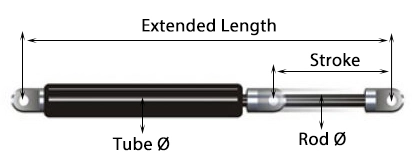
What weight capacity should I choose for my Tension Gas Spring?
The weight capacity for a Tension Gas Spring should be chosen based on the weight of the object it needs to support or move. To determine the appropriate capacity, consider the object’s weight, the amount of force required to pull or hold it in place. It’s essential to select a gas spring with a pulling force that matches the load to ensure smooth and safe operation. Consulting with a manufacturer or expert can help ensure the right choice for optimal performance.
How do I maintain Tension Gas Springs?
To maintain Tension Gas Springs, regularly inspect them for signs of wear, leakage, or damage. Keep the springs clean and free of debris to prevent clogging or corrosion. Ensure they are properly lubricated (if applicable) and avoid overloading, which can cause premature wear. Check for smooth movement and proper tension. If any issues are detected, consult a professional for servicing or replacement to ensure optimal performance and safety.
How do I install Tension Gas Springs?
- Select the Right Gas Spring: Ensure the gas spring matches the required force, stroke, and mounting type for your application.
- Position and Mark Mounting Points: Align the gas spring with the components it will support (e.g., door, lid, or tailgate). Mark the positions for the mounting brackets on both ends.
- Install the End Fitting Brackets: Attach the mounting brackets to the designated points on the object and the frame, using screws or bolts.
- Attach the Gas Spring: Carefully connect both ends of the gas spring to the brackets. Ensure the spring is oriented correctly, with the piston side facing the object that needs pulling or support.
- Test the Movement: Once installed, gently test the spring’s motion to ensure smooth and controlled movement, adjusting if necessary.
张航
Stay in the loop
Subscribe to our free newsletter.
Stay in the loop
